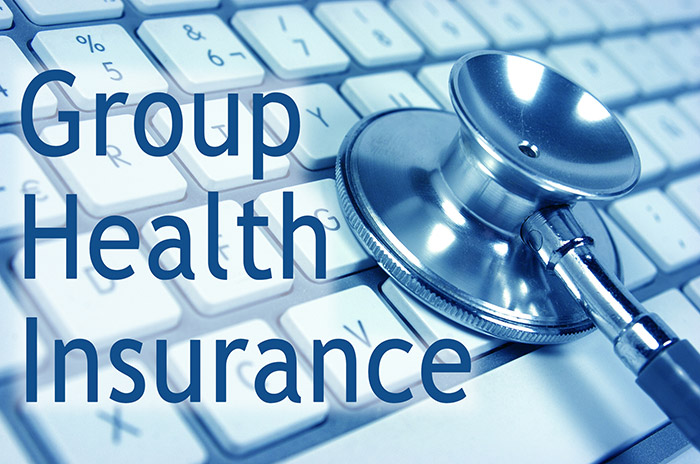Little Known Questions About Pacific Prime.
Table of ContentsThe 3-Minute Rule for Pacific PrimeEverything about Pacific PrimeThe Ultimate Guide To Pacific PrimePacific Prime - Truths
In a lot of states, the insurer is required to send you a copy of the changes to your policy. It is necessary that you check out Recommendations or Cyclists so you recognize just how your plan has actually transformed and if the plan is still adequate to meet your needs. To obtain a duplicate of your insurance plan, please contact your insurance coverage representative or firm.
The Institute of Medicine (IOM) Board on the Repercussions of Uninsurance launches a prolonged assessment of evidence that addresses the importance of medical insurance protection with the publication of this report. Coverage Issues is the very first in a series of 6 records that will be issued over the following 2 years recording the truth and repercussions of having actually an estimated 40 million people in the USA without medical insurance protection.

Getting My Pacific Prime To Work
The goal of this series of studies is to refocus policy focus on a historical problem. Adhering to the longest economic growth in American background, in 1999, an estimated one out of every six Americans32 million grownups under the age of 65 and even more than 10 million childrenremains uninsured (Mills, 2000).

10 percent of the populace accounts for 70 percent of health and wellness treatment expenses, a connection that has actually remained continuous over the previous 3 years (Berk and Monheit, 2001) - global health insurance. Thus medical insurance remains to serve the function of spreading danger also as it significantly finances routine care. From the point of view of wellness treatment carriers, insurance policy lugged by their patients helps secure a profits stream, and areas take advantage of monetarily viable and stable healthcare practitioners and institutions
Federal government gives medical insurance to populations whom the private market may not serve effectively, such as disabled and elderly individuals, and populaces whose accessibility to healthcare is socially valued, such as children and expecting ladies. The supreme ends of medical insurance coverage for the individual and areas, consisting of workplace neighborhoods of workers and employers, are improved health end results and top quality of life.
All About Pacific Prime
Employees rank health insurance policy initially without a doubt in value among all the benefits offered in the workplace (Salisbury, 2001). Although there have actually been sizable financial investments of personal and public funds to offer health insurance policy, numerous individuals still have no protection. In spite of extensive reporting of study searchings for and health and wellness treatment research results, the general public remains confused and misinformed about Americans without medical insurance and the effects of doing not have insurance coverage.

Without doubt, the complexity of American healthcare financing devices and the wealth of sources of info contribute to the public's confusion and skepticism regarding medical insurance stats and their analysis. This record and those that will certainly comply with purpose to distill and offer in easily reasonable terms the considerable research study that births on questions of medical insurance protection and its relevance.
Fifty-seven percent of Americans polled in 1999 believed that those without health insurance policy are "able to obtain the treatment they require from medical professionals and medical facilities" (Blendon et al., 1999, p. 207). In 1993, when national interest was concentrated on the issues of the uninsured and on pending healthcare regulation, simply 43 percent of those surveyed held this belief (Blendon et al., 1999).

They additionally obtain less precautionary services and are much less most likely to have regular look after chronic conditions such as high blood pressure and diabetes mellitus. Persistent illness can result in expensive and disabling complications if they are not well managed (Lurie et al., 1984; Lurie et al., 1986; Ayanian et al., 2000). One national study asked greater than 3,400 grownups concerning 15 extremely serious or somber problems.
How Pacific Prime can Save You Time, Stress, and Money.
Additional proof exists later on in this phase in the discussion of insurance policy and access to wellness care. https://hub.docker.com/u/pacificpr1me. Individuals without medical insurance are young and healthy and pick to go without coverage. Virtually half (43 percent) of those surveyed in 2000 thought that people without medical insurance are more most likely to have health troubles than people with insurance
Citizens and policy manufacturers in focus team conversations characterize those without insurance policy site link as youngsters who have the possibility to be covered and feel they do not require it (Porter Novelli, 2001). Compared to those with at the very least some personal coverage, the without insurance are much less likely to report being in excellent or really great wellness (Company for Medical Care Research Study and Top Quality, 2001).
SOURCE: Facility for Price and Financing Research Studies, Company for Healthcare Study and Quality, based on MEPS data. Young grownups in between 19 and 34 are much more likely to do not have health insurance policy than any other age. This is chiefly since they are much less typically eligible for employment-based insurance due to the nature of their task or their brief period in it.
The assumption that individuals without insurance have better-than-average health follows from perplexing the relatively young age profile of the uninsured with the far better health and wellness, generally, of more youthful persons. This covers the link in between health standing and health insurance policy. For those without accessibility to workplace health insurance, poor health is a possible barrier to buying nongroup insurance coverage due to the fact that such coverage might be very priced, exclude preexisting problems, or be simply inaccessible.